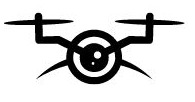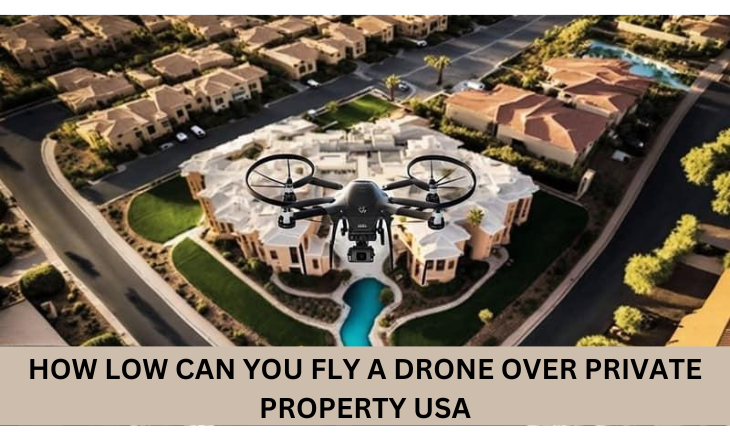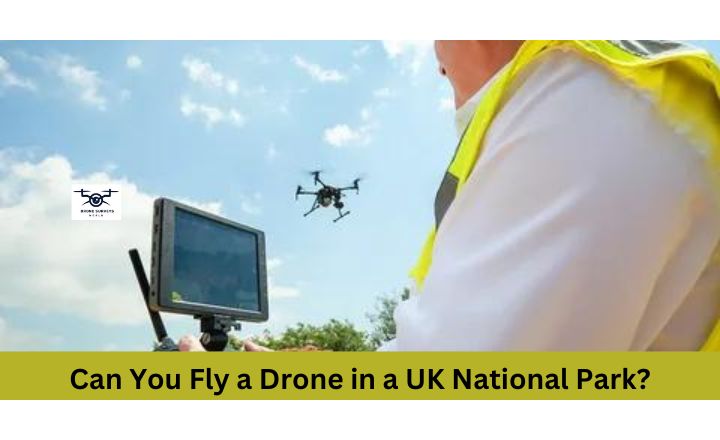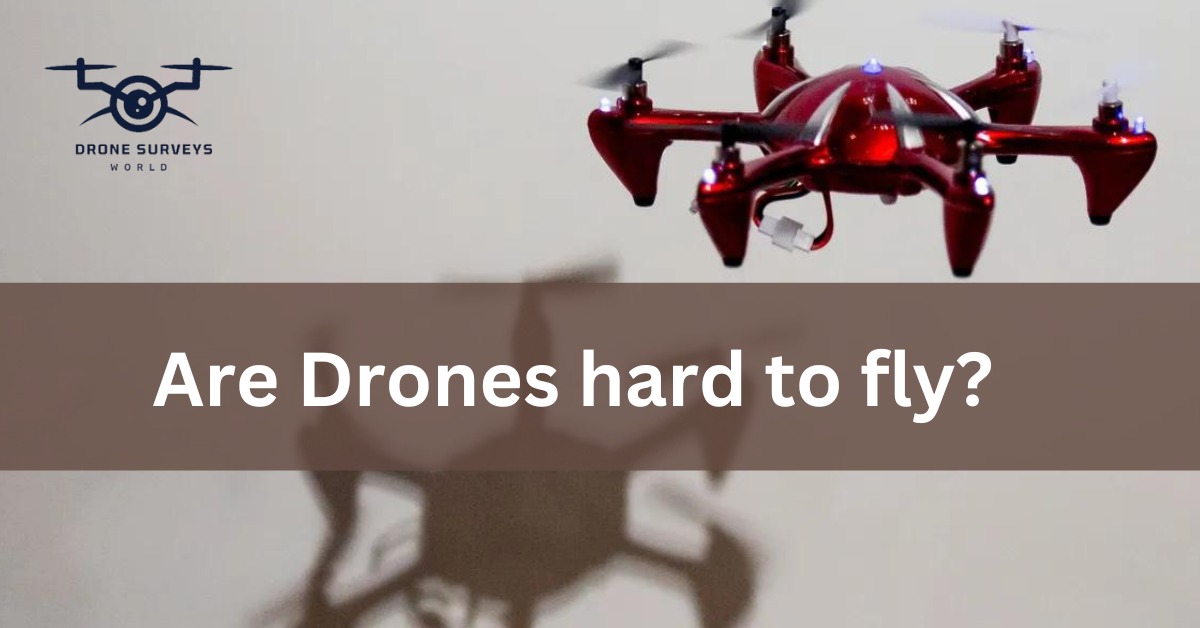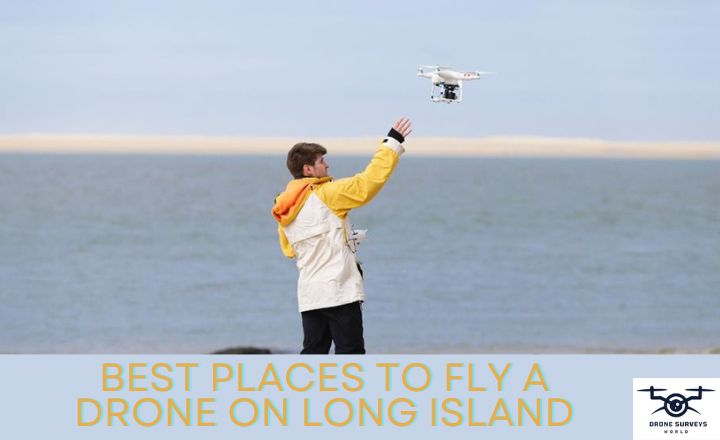Technology is making it harder to know where drones can fly legally. This raises concerns about privacy and trespassing. Understanding the laws and ethics of flying drones over private property is important. Let’s explore the connections between law, technology, and personal rights in this article about how low can you fly a drone over private property USA.
Drone Fly In USA
In the U.S., you can fly a drone over private property, but you must stay below 400 feet and always keep the drone in your sight, according to the Federal Aviation Administration (FAA) rules. Get permission from property owners and know state laws, as flying too low might invade people’s privacy and cause legal problems.
We will explain everything you need to know about flying a drone over private property in America, including state laws and altitude limits. We’ll focus on the FAA’s guidelines and the importance of getting permission from property owners.
Drone Flight Altitude Over Private Property USA
Flying too low can be dangerous. It can lead to collisions with trees, buildings, or other obstacles. Also, flying too low can invade people’s privacy and cause legal problems.
Low-altitude drone flights can be useful for aerial photography. It’s important to prioritize safety by getting permission from property owners, avoiding risks to people and property, and following local laws and regulations. As a recreational drone pilot, you must take The Recreational UAS Safety Test (TRUST) and have proof of passing the test when you fly.
This is a part of the Drone Laws in the USA under 49 USC 44809. You can fly low over private property, but you must respect others’ privacy, follow FAA regulations and local laws, and prioritize safety. Balancing the excitement of flying with responsibility is important for enjoying your drone adventures.
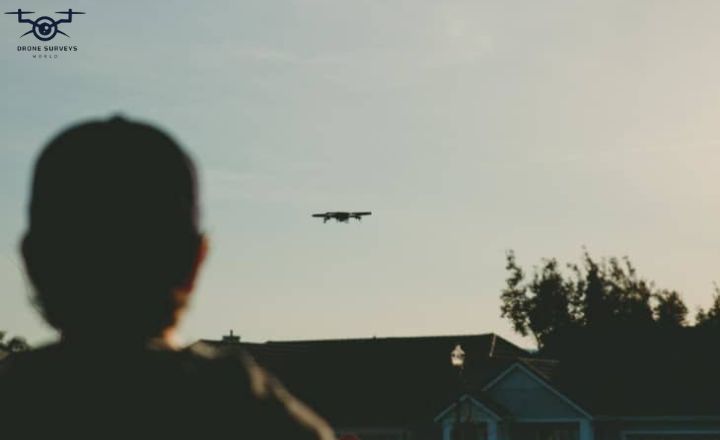
Legal Consequences Over flying A Drone Low Over Property USA
If you fly your drone over someone’s land without permission, you could face trouble. You might be charged with trespassing or sued. Each state has its own drone rules, so it’s important to know the laws in your area before you fly.
Is it illegal to fly a drone over someone else’s property? Flying a drone over someone else’s property without permission is trespassing and can result in fines or jail time. Using a drone camera to take pictures or videos without the property owner’s consent violates their privacy rights.
The FAA has strict airspace rules for drones, and breaking them can result in penalties.
Let’s make a simple table to show some of these consequences.
| Potential Consequence | Description | Possible Penalty |
| Criminal Trespassing | Flying a drone over private property without permission | Fines or Jail Time |
| Invasion of Privacy | Capturing images or videos without consent | Legal Implications |
| Violation of FAA Rules | Operating a drone out of line of sight or above 400 feet | Penalties from the FAA |
| Violation of State or Local Laws | Disobeying state or local drone laws | Fines or other Penalties |
Before flying your drone, make sure to follow state regulations and respect others’ privacy and property rights. Be aware of privacy concerns and stay within FAA airspace restrictions to avoid legal issues and enjoy flying your drone hassle-free.
State-Specific Drone Laws Over Private Property
Understanding state-specific drone regulations is important to avoid legal issues and respect others’ privacy. Navigating these laws can be overwhelming, but it’s crucial. Each state has different rules for flying drones.
California
Privacy is important here. You must ask property owners for permission before flying your drone over their land. This follows the law and respects others’ privacy.
Texas
Texas has special rules for certain activities. If you want to fly your drone near big farms, make sure to get permission from the owner. To get a drone license in Texas, follow the FAA guidelines. Pass the Part 107 exam on airspace rules, weather effects, and emergencies. T
Florida
In Florida, you need permission from the property owner before flying your drone over private or public property. It is important to respect other people’s space and follow the rules.
New York
In New York, you can fly a drone over a house, but be careful not to fly too low or invade privacy by taking pictures or videos of people without their permission. It is important to find a balance between enjoying your hobby or doing your job and following the laws of the state. Each state has its own rules about flying drones over private property.
So, when you plan your drone flights, make sure to follow the FAA rules and the state laws to have a safe and legal flight. Respecting people’s privacy and knowing the legal consequences can help you avoid problems later on.

Gaining Permission For Low Drone Flight
Getting permission to fly your drone over private property is important for building trust and respect with landowners. It’s not just about following the law, but also about showing that you use your drone responsibly.
Find out who owns the property where you want to fly your drone. You can use public records or online resources to do this.
Contact the owner and explain why you want to fly your drone, how long you’ll be flying it, and when you plan to do it. Make sure to give the owner all the information they need, including your name, address, and the dates and times of your drone flights. In some places, you may need to get written permission from the owner, with their signature.
When you want to fly your drone over someone’s property, it’s important to make sure the owner is okay with it. You need to follow the laws and rules for your area, like staying in sight and not flying too high. By getting permission and following the rules, you can fly your drone over private property legally and respectfully.
USA Privacy Laws Impact ON Drone Flights
Privacy laws in the USA can affect your ability to fly a drone, even on your property. You can violate privacy rights by taking pictures or videos without permission. This includes flying your drone in your backyard and accidentally taking pictures of your neighbor sunbathing.
It is important to be mindful of your surroundings and respect others’ privacy when flying a drone.
Let’s explore this issue further with the following points:
- The FAA has clear rules for drone flights. If you accidentally invade someone’s privacy, you could get in trouble. So, be mindful of where your drone camera is pointing and what it’s recording.
- In some states, homeowners can sue drone operators if a drone flies too low over their property without permission. In Oregon, homeowners can take legal action if a drone flies below 400 feet over their property without their consent.
- Police can fly drones over private properties. But, a person can go to court and argue that it’s an invasion of privacy or an illegal search.
Flying a drone isn’t just about taking off and exploring. It’s important to consider privacy issues. Respect privacy rights when flying a drone.
A responsible drone operator understands and respects these boundaries for an enjoyable and respectful flying experience.
Action Against Unpermitted Low Drone Flights
If a plane comes into your airspace without permission, you can take some steps to deal with it. Start by taking pictures or videos of the drone to have proof of its presence.
If you find out who is flying the drone, tell them to stop. Stay informed about FAA rules so you can protect your rights.
| Action | Description | Benefit |
| Document the incident | Capture photos or videos of the drone | Provide proof of unauthorized flight |
| Contact the operator | Communicate your concerns directly | Immediate resolution |
| Notify authorities | Report the incident to local police | Expert handling of the situation |
Drone safety is very important, and respecting privacy is part of it. If a drone operator ignores your requests, you can report the incident to the police.
They can handle these situations well. You can also consider taking legal action for trespassing. Using anti-drone technology, like shields or net guns, is another option to protect your property. But make sure to use these technologies legally and responsibly.
Shooting down a drone is illegal and can lead to criminal charges. Use the proper legal channels to address the situation and protect your privacy.
Responsible Drone Usage Over Private Properties
Piloting your unmanned aircraft is thrilling. You fly high into the sky while respecting others’ boundaries and rights. Responsible drone usage means understanding and following safety measures, being aware of privacy concerns, and knowing the legal implications.
Flying your drone responsibly ensures your enjoyment and protects the rights and privacy of others.
Here are the main steps you should follow:
- Obtain Permission: Ask the property owner for permission before flying your drone. Talking openly can avoid arguments and show respect for private property rights.
- Follow FAA Guidelines: Follow the rules of the Federal Aviation Administration. Always see your drone and don’t go higher than 400 feet above the ground.
- Respect Privacy: Be careful not to invade people’s privacy. It’s not only about flying; it’s also important to avoid taking pictures or videos of people without their permission.
- Understand Local and State Laws: Drone flight rules differ by location. Be sure to know the local or state laws about flying drones over private property.
Being a responsible drone operator involves more than just controlling the drone well. It means understanding the law, respecting others’ rights, and following safe and considerate practices.
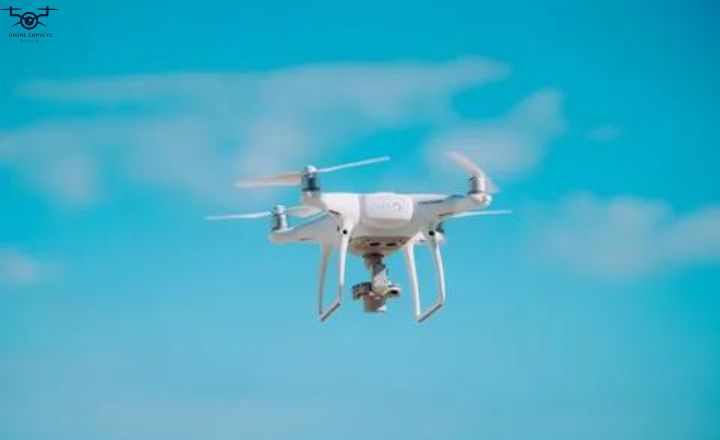
How Low Can You Fly A Drone Over Private Property USA
In the USA, there are rules for flying drones over private property. The FAA has safety guidelines for drone use, but each state may have different rules about flying low over private land. Many states don’t allow drones to fly below a certain height over someone’s property without permission, usually between 100 to 400 feet above the ground.
When flying a drone, it is important to remember privacy concerns. Even if you’re following the rules on altitude, taking pictures or videos of someone’s property without permission can get you in legal trouble. Drone operators should know this and get permission before flying close to private properties.
Conclusion
How low can you fly a drone over private property USA? According to FAA rules, drones can fly at least 400 feet above private property. But, drone operators must ask the property owner for permission before taking off or landing on their property. Drone operators must know and follow federal, state, and local laws to avoid legal trouble. Policymakers need to find a balance between privacy and drone use. Communication between drone operators and property owners can prevent conflict
Frequently Asked Questions
Can you fly drones over private property in the US?
In the US, you can fly drones over private property if you follow FAA rules. But you must respect people’s privacy and get permission from the property owner before flying over their land, especially if you want to take pictures or videos.
How low can you fly a drone over private property in Texas?
In Texas, the law says you can’t fly a drone lower than 400 feet above private property without the owner’s permission. This follows FAA rules for the whole country. But local laws and state rules in Texas also matter, so make sure to check and follow all the rules before flying a drone over private property.
What Should I do if My Drone Lands on Private Property?
Contact the property owner and ask for permission to retrieve your drone.
